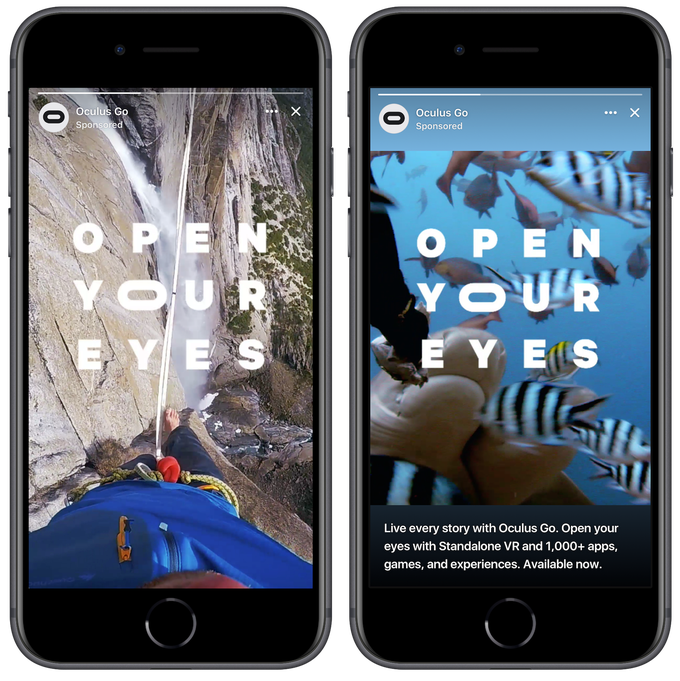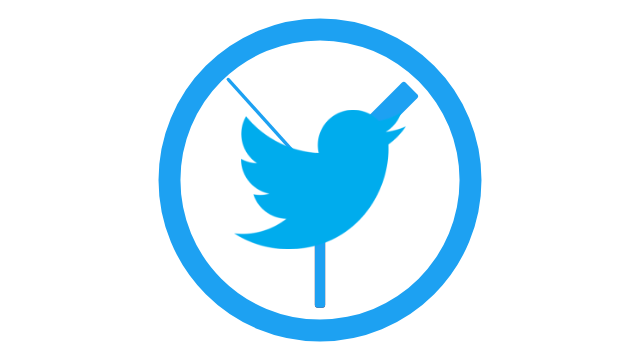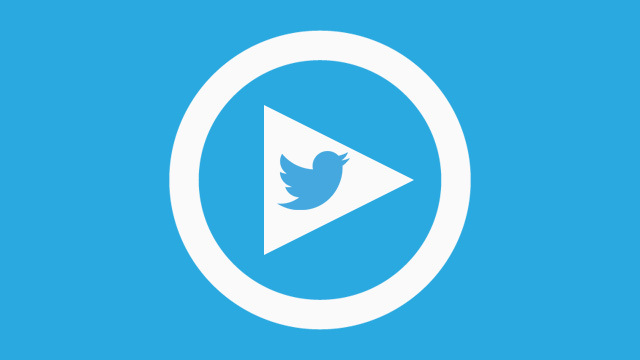
Facebook is finally allowing all advertisers to run ads during users’ Stories.
The social network has been allowing a limited number of brands across three countries to create ads that appear during Stories published on the site since May, but this is the first time the company has expanded the option to smaller businesses.
Notably, during this time period, the number of people watching Facebook Stories each day has more than doubled from 150 million to over 300 million viewers.

In addition to making the ads available to a wider range of brands, the company has also rolled out a number of new tools and features to better target the ads and improve performance.
As part of these features, Facebook Stories now allow brands to optimize for all objectives available for Instagram Stories ads, including:
- Reach
- Brand awareness
- Video views
- App installs
- Conversion
- Traffic
- Lead generation
Facebook has also brought all of its targeting and reporting tools for ads to Story ads, allowing brands to better track their performance.
As part of the official announcement of Story ads, Facebook emphasized how popular their Story feature has become and the impact of ads viewed during Stories:
“Advertising in stories has proven to drive valuable business outcomes. In the Ipsos survey, 62% of people said they became more interested in a brand or product after seeing it in a story. And brands testing Facebook Stories ads are already seeing results. iHeartRadio, Kettle Chips and KFC are among the advertisers who have seen brand lift from their Facebook Stories ad campaigns.”
The company also noted some other interesting statistics about Stories, such as:
- More than half of people surveyed said they’re making more online purchases as a result of seeing stories.
- 38% of people said that after seeing a product or service in a story they talked to someone about it.
- 34% said they went to a store to look for a product after seeing it in a story.










